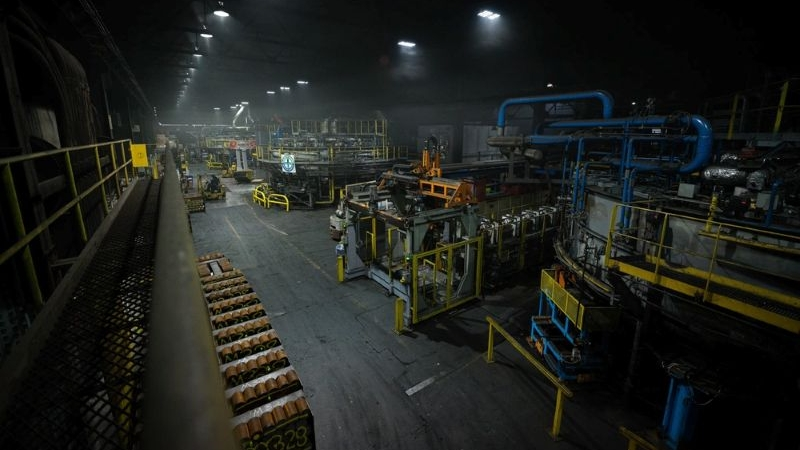
作者/Author(s): Trevor Phillips-Levine and Andrew Tenbusch
網站來源/Source: War on the Rocks
日期/Date: 07/22/2025
關鍵字/Keywords: 軍事、後勤、同盟
摘要:
相互操作性和整合性指的是軍事盟友之間不同武器系統的兼容性和相互操作性,旨在確保軍事盟友之間的常規嚇阻力。在當前安全環境動盪不安,且全球其他地區爆發衝突的背景下,美國彈藥庫存不斷消耗,卻缺乏即時補充的能力。面對這一困境,美國應把握與盟國聯合生產與採購現有彈藥的機會,以發揮最大的嚇阻力。才能鞏固美國國防工業基礎的可信度和韌性,而這正是美國取得西太平洋重大戰爭成功的關鍵所在。
透過整合與相互操作達成的嚇阻力
透過整合與相互操作達成的嚇阻力
- 儘管太平洋地區在地理環境、威脅型態及武器需求上與歐洲不同,但美國還是可以將武器的相互操作性與整合觀念,作為建立常規嚇阻的基礎。
- 具備相互操作性與互換性的武器系統可以:
- 製造對手戰略規劃上的不確定性與不安,擾亂其行動計畫。
- 提升同盟關係與美軍整體作戰能力。
- 為網路武器創造理想的環境。
透過前線部署與分散生產展現可信嚇阻
- 有效的常規嚇阻需要展現可信戰力,這也包含充足的彈藥儲備。一套現代化武器系統若缺乏足夠彈藥支援,就是一隻無牙老虎。
- 中方媒體目前已經承認部分美國系統構成的威脅。但是基於美國製造能力有限,以及太平洋戰區缺乏配套彈藥,中方媒體仍對美國系統的可行性持懷疑態度。
- 中國軍事觀察家也承認,攻擊地面機動武器系統的難度較高,但打擊後勤補給鏈則相對容易。
- 無論中國的評估為何,與盟友聯合生產武器能提供更多後勤選擇、降低單點故障風險,並提升盟友打持久戰的能力。
Summary:
Interoperability and integration ensure conventional deterrence among military allies, allowing compatibility and interchangeability among different weapon systems. Amid a volatile security environment and conflict in other parts of the world, the US is depleting its munition stockpiles without the capacity to replenish them. Under these predicaments, the US should act on opportunities for co-manufacturing and joint procurement of existing munitions with allies to maximize deterrence. This will reinforce the credibility and resilience of the US defense industrial base, which is essential for success in a major war in the Western Pacific.
Deterrence by Integration and Interchangeability
Deterrence by Integration and Interchangeability
- Although the Pacific differs from Europe in terms of geography, threats, and the resulting weapons capability requirements, the US could apply the concepts of weapons interchangeability and interoperability as a basis for conventional deterrence.
- Interchangeable and interoperable weapons could:
- Cause uncertainty and discomfort among rival war planners, thereby spoiling their presumptions and war plans.
- Enhance alliances and augment US military capabilities.
- Create an ideal environment among networked weapons.
Credible Deterrence Through Forward Presence and Distributed Manufacturing
- Conventional deterrence necessitates displays of credible capability and, by extension, the presence of munition stockpiles. A modern weapon system without sufficient ammunition is like a toothless tiger.
- The Chinese media acknowledge the threats posed by some US systems. However, they are skeptical about their viability due to US manufacturing limitations and the lack of supporting munitions in the Pacific theater.
- Chinese military observers admitted the difficulties in attacking land-based mobile systems, but understood the relative ease of interdicting logistics that supply these forces.
- Regardless of Chinese perceptions, distributed manufacturing with allies provides additional logistical options, reduces points of failure, and enhances allies' ability to sustain conflict.
